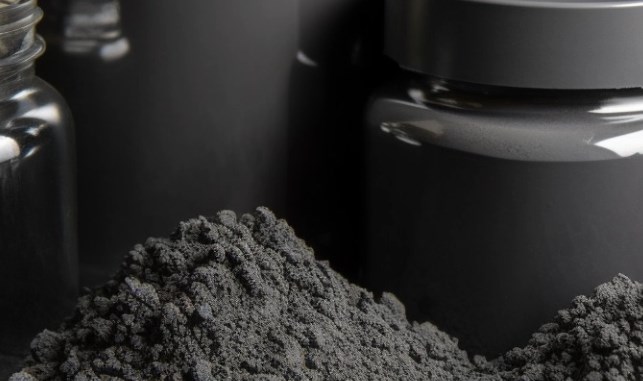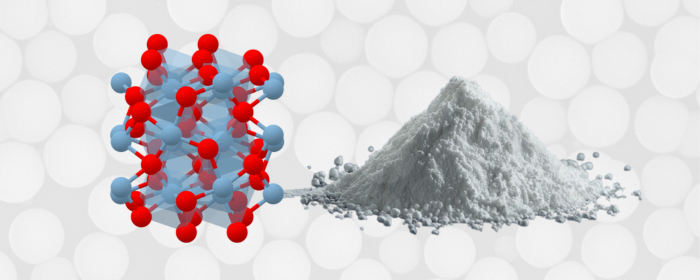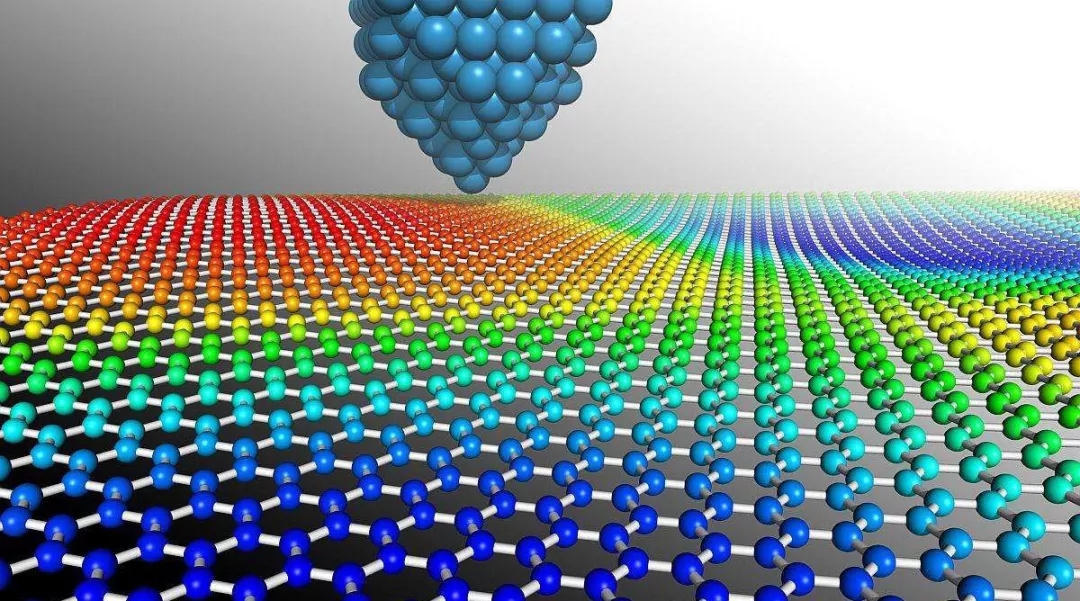

In the world of modern manufacturing, innovation is the name of the game. From aerospace components to automotive parts, from electronics to construction materials, the quest for lighter, stronger, and more versatile materials has been ongoing for decades. In this pursuit, one secret ingredient has emerged as a game-changer: aluminum powder.

Aluminum powder, a finely ground form of aluminum, has become an indispensable component in various manufacturing processes. Its unique properties make it the unsung hero behind some of the most groundbreaking advancements across industries. In this article, we will uncover the versatile world of aluminum powder and explore how it is transforming the landscape of modern manufacturing.
Before delving into its uses and applications, it's essential to understand how aluminum powder is produced. It all starts with the extraction of aluminum from its primary source, bauxite. The extracted aluminum is then refined into alumina, which is further processed to obtain high-purity aluminum. This high-purity aluminum is carefully atomized or ground into a fine powder, which is the raw material for various applications.
Aluminum powder, with its remarkable properties and versatility, serves as a catalyst for change in the manufacturing landscape. With its high thermal conductivity and non-corrosive nature, it has become a cornerstone in the production of lightweight yet durable materials. Its remarkable strength-to-weight ratio has made it an essential component in the aerospace and automotive industries, enabling the construction of robust yet fuel-efficient vehicles and aircraft.
One of the most remarkable contributions of aluminum powder is in the aerospace industry. Aircraft designers and engineers have long sought materials that are both lightweight and strong, a combination that enhances fuel efficiency and performance. Aluminum Powder has answered this call. When mixed with other materials and processed, it creates advanced alloys that are ideal for aircraft construction.
These aluminum powder-based alloys are not only strong but also incredibly light, making them a top choice for components such as airframe structures and engine parts. The lightweight properties of aluminum powder alloys significantly reduce the overall weight of an aircraft, leading to improved fuel economy and extended flight ranges.
The world of 3D printing has been revolutionized by aluminum powder. Additive manufacturing, commonly known as 3D printing, is all about creating complex and intricate structures layer by layer. Aluminum powder is an ideal material for this purpose because it can be precisely deposited to form intricate, lightweight, and strong components. This technology has applications across industries, from medical implants to automotive parts.
In the realm of 3D printing and additive manufacturing, aluminum powder emerges as a trailblazer, transforming the possibilities of what can be created. Its adaptability to various printing techniques has propelled the development of intricate, lightweight designs, enabling the production of complex components that were previously unattainable. This has not only revolutionized prototyping and product development but has also paved the way for groundbreaking innovations in multiple industries, from healthcare to architecture.
While it may seem counterintuitive, aluminum powder is a critical component in pyrotechnics and explosives. Its rapid combustion, when ignited, creates a stunning and controlled release of energy. This property makes it an essential ingredient in fireworks, flares, and even rocket propellants. The controlled burn and release of energy in pyrotechnic displays are made possible through the careful mixture and ignition of aluminum powder with other compounds.
Aluminum powder is also employed in the construction industry, where corrosion resistance is crucial. When used as an additive in coatings and paints, it provides a protective layer on surfaces. This not only enhances the appearance of structures but also extends their lifespan by shielding them against the elements, including harsh weather and environmental factors.
Aluminum powder plays a significant role in making automobiles lighter and more fuel-efficient. Its use in creating high-strength alloys for vehicle components, such as engine blocks, wheels, and chassis parts, reduces overall vehicle weight. Lighter vehicles consume less fuel, emit fewer pollutants, and offer improved handling, making aluminum powder a key ingredient for green and innovative transportation.
While the applications of aluminum powder are vast and varied, safety remains a paramount concern when handling this material. Its fine particles can be combustible, making proper storage, handling, and safety measures crucial to prevent accidents.
In conclusion, aluminum alloy powder is indeed the secret ingredient in modern manufacturing that has catalyzed a multitude of technological advancements. Its unique properties and versatility have not only changed the way products are designed and constructed but have also paved the way for a more sustainable and efficient future across various industries. As manufacturers continue to innovate and explore new applications, aluminum powder's significance in modern manufacturing is sure to shine even brighter in the years to come.












